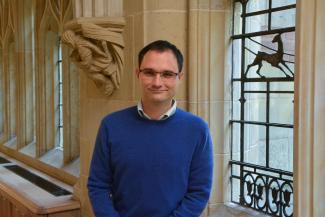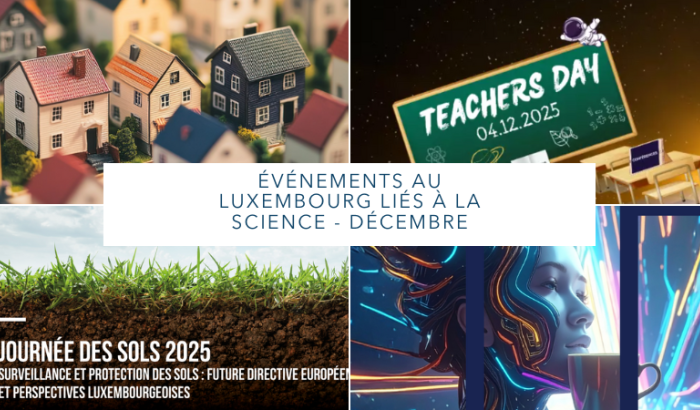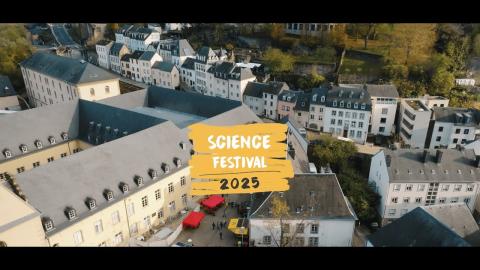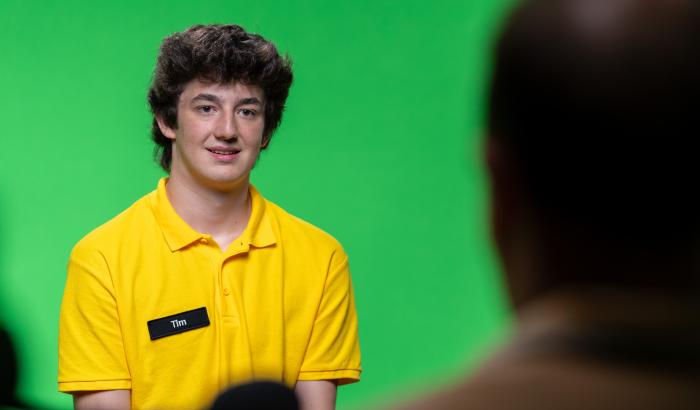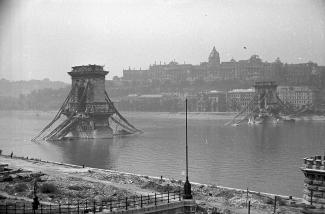
FORTEPAN/Kurutz Márton via Wikimedia Commons (CC BY-SA 3.0)
Photograph from 1945 showing the destroyed Chain Bridge and the ruined Royal Palace in Budapest, Hungary
This article won the second place in the 2024 Science Writing Competition run by the University of Luxembourg in collaboration with science.lu.
In history loss is ubiquitous; people disappear without leaving any trace; libraries and archives get destroyed. Nonetheless, there is hope to discover what once existed.
A black box from the past: the lost world of early modern handwritten news
The daily lives of people from the past often remain hidden. Prominent figures are something of an exception. Take, for example, Maria Maddalena (1589-1631), the grand duchess of Tuscany and a poster girl of the early modern aristocratic world. In the evenings, after dinner, she spent her time reading handwritten newsletters she received from all over the world. This is not surprising. Before the birth of printed news, information was spread in the form of handwritten newsletters. Researchers have been delving into these newsletters to uncover hitherto unknown details of people's daily lives in bygone centuries; they have been aiming to understand - for example - how aware people like Maria Maddalena were of the lives of other women.
However, for unknown reasons, most of the early modern handwritten newsletters that Maria Maddalena and her contemporaries read perished; those that are available to historians are just incomplete and fragmentary snapshots of what once existed. Just as the daily lives of most people from the remote past remain hidden, the handwritten news world of early modern Europe is a black box; the surviving few thousand newsletters offer only incomplete access to this lost world.
The problem of incomplete and missing information is everywhere in history; when exploring the past, historians often deal with black boxes. Luckily, they are not alone with these troubles.
An unexpected connection: incomplete information in navigation technology
Incomplete and fragmentary information is also a trouble for engineers developing navigation systems. Perhaps the most famous example of how challenging this can be is an early setback of the Apollo Program. Everything went well for NASA until the first test rides of their space shuttle. During the tests they realised a key problem: the information gathered by sensors about the position of the space shuttle was incomplete, fragmentary, and noisy; in the absence of complete information, NASA and its astronauts had limited control over the space shuttle.
The solution came from a Hungarian-born American electrical engineer named Rudolf E. Kalman (1930-2016). He was an early pioneer of robotics. In the late 1950s he developed the famous Kalman filter, which is still used by your GPS. Given a flow of incomplete and noisy information arriving from a sensor, the Kalman filter estimates what is missing and reconstructs the original information - for instance, your exact location or the position of a space shuttle.
To cope with the challenge of incomplete and fragmentary information, Kalman's invention uses a specific mathematical model. In the last decade, historians have started to apply this model to unlock black boxes from the past.
Unlocking the black box: women in the lost world of handwritten news
With the mathematical model empowering your GPS, researchers at the University of Luxembourg could unlock the black box of the early modern handwritten news world; for instance, they could answer the question, how often did Maria Maddalena read about fellow women? Gauging the presence of women in the news is important because the daily lives of early modern women are also a black box; records about them are incomplete and fragmentary. Surprisingly, the researchers found that there was no silence about women in the news; even though the lost world of handwritten news was dominated by news about men, seven out of ten newsletters definitely talked about women as well. At the same time, it is also true that news tended to talk about aristocratic women, such as Maria Maddalena, leaving the daily lives of most women in the darkness of the black box.
With the mathematical model that your GPS uses, researchers could unlock one black box but this led to another. This is the very nature of scientific research
Author: Dr. Gabor Mihaly Toth (University of Luxembourg)
Editor: Michèle Weber (FNR)
Infobox
Baron, S. A., & Dooley, B. (2005). The politics of information in early modern Europe. Routledge.
Davies, S., & Fletcher, P. (2014). News in early modern Europe: Currents and connections. Brill.
Grewal, M. S., & Andrews, A. P. (2010). Applications of Kalman Filtering in aerospace 1960 to the present [historical perspectives]. IEEE Control Systems, 30(3), 69–78. https://doi.org/10.1109/mcs.2010.936465
Gillespie, C. S. (2017). Estimating the number of casualties in the American Indian war: A Bayesian analysis using the power law distribution. The Annals of Applied Statistics, 11(4). https://doi.org/10.1214/17-aoas1082
Hauschild, A., & Montenbruck, O. (2008). Kalman-filter-based GPS clock estimation for near real-time positioning. GPS Solutions, 13(3), 173–182. https://doi.org/10.1007/s10291-008-0110-3
Kalman, R. E. (1960). A new approach to linear filtering and prediction problems. Journal of Basic Engineering, 82(1), 35–45. https://doi.org/10.1115/1.3662552
McGee, L. A., & F. Schmidt, S. (1985). Discovery of the Kalman Filter as a Practical Tool for Aerospace and Industry. In NASA-TM-86847, N86-13311. NASA. https://ntrs.nasa.gov/api/citations/19860003843/downloads/19860003843.pdf
Särkkä, S., & Svensson, L. (2023). Bayesian filtering and smoothing. Cambridge University Press.
Toth, G. M. (accepted and forthcoming). Women in Early Modern Handwritten News: Random Walks and Semantic Wanderings in the Medici Archive. Journal of Digital History.
Toth, G. M. (accepted and forthcoming). From London to Florence: Discovering Information Flow in Early Modern Europe with Bayesian Time-To-Event Statistics. DH Benelux Journal.
Triantafyllopoulos, K. (2021). Bayesian inference of state space models: Kalman filtering and beyond. Springer Nature.
Yang, C., Blasch, E., & Douville, P. (2010, March). Design of Schmidt-Kalman filter for target tracking with navigation errors. 2010 IEEE Aerospace Conference. http://dx.doi.org/10.1109/aero.2010.5446689

